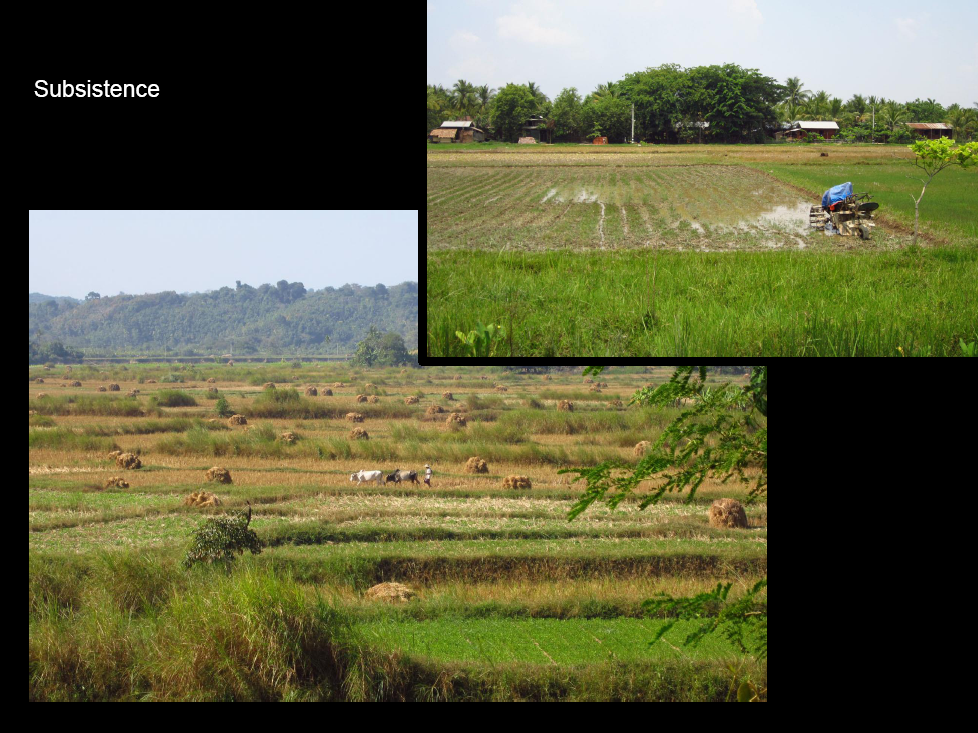Research
Livelihood Strategies in Myanmar
Myanmars’ phase of transition and its’ rapid opening since 2010 has different effects on the inhabitants and it is very complex and not yet totally explored and understood. This highly fascinating and interesting phase of transition has to be investigated anthropologically – not only because qualitative anthropological research was not possible for decades, but also because right now is the time to explore a society in its transition from a more or less isolation to an openness in which the people are more and more influenced by effects of the globalization.
The empirical part of my research will be an investigation on the livelihood strategies of common people in Mawlamyine in the Mon State. I will focus on livelihood strategies because the transition of the country will have many impacts for the inhabitants of Myanmar on an economic level. I will concentrate my research on a small number of households, since the household is the unit in which all important economic decisions are taken by the people. It will be a qualitative case study of households in Mawlamyine which offers a wide set of possibilities of generating income, such as fishing, cash cropping, industry, trading, migration, and tourism. This location is predestinated to study the impacts of the economic transition of the country and to study the economic answers of the people to this transition which are seen in their livelihood strategies.
I see the relevance of this research mainly in two points. First, for decades it was not possible to conduct anthropological field research in Myanmar, this gab should partially be closed by this research. Second, the outcome of this research will help development organizations to improve their work in the field of livelihood.
In 2017, the photo book Myanmar Through The Lens Of People will be published on a part of this research project. Some documentaries are online:
